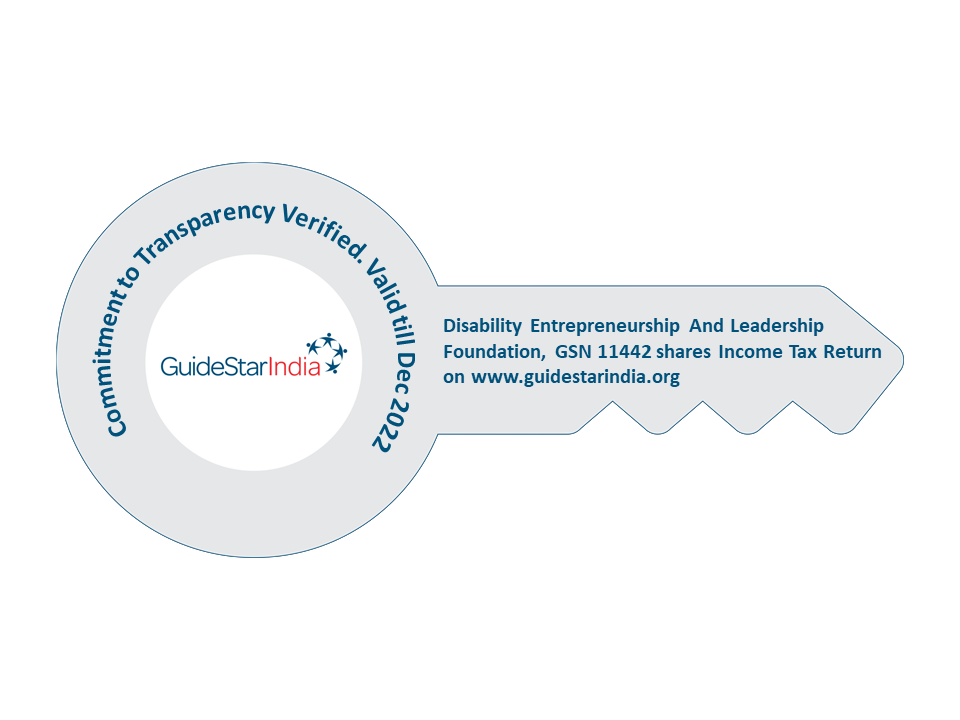In my previous blog i shared the importance of maintaining social distancing, in preventing the spread of Covid 19, which i would like to feel certain has helped many to practice it in one’s daily life.
Today i thought it would be important and necessary for us to understand another important golden rule all of us need to always remember which will also prevent the spread of this deadly disease. That is, wearing of masks.
To do this, i would like to present you with some frequently asked questions and the answers provided by medical experts so that we may all understand things better.
Can face masks help slow the spread of the Coronavirus (SARS-CoV-2) that causes COVID-19?
Yes, Face masks combined with other preventive measures, such as getting vaccinated, frequent hand-washing and physical distancing, can help slow the spread of the virus.
How do the different types of masks work?
Medical masks:
Also called surgical masks, these are loose fitting disposable masks. Which are meant to protect the wearer from contact with droplets and sprays that may contain germs. A medical mask also filters out large particles in the air when the wearer breathes in.
To make medical masks more form-fitting, knot the ear loops where they attach to the mask. Then fold and tuck the unneeded material under the edges.
N95 masks
An N95 mask is a type of respirator. It offers more protection than a medical mask does because it filters out both large and small particles when the wearer inhales.
Like surgical masks, N95 masks are intended to be disposable. However, researchers are testing ways to disinfect and reuse them.
Some N95 masks, and even some cloth masks, have valves that make them easier to breathe through. Unfortunately, these masks don’t filter the air the wearer breathes out. For this reason, they’ve been banned in some places.
Cloth masks
A cloth mask is intended to trap respiratory droplets that are released when the wearer talks, coughs or sneezes. It also acts as a barrier to protect the wearer from inhaling droplets released by others.
The most effective cloth masks are made of multiple layers of tightly woven fabric like cotton. A mask with layers will stop more droplets from getting through one’s mask or escaping from it.
How to get the most from your mask
The effectiveness of cloth and medical masks can be improved by ensuring that the masks are well fitted to the contours of your face to prevent leakage of air around the masks’ edges.
Masks should be snug over the nose, mouth and chin, with no gaps. You should feel warm air coming through the front of the mask when you breathe out. You shouldn’t feel air coming out under the edges of the mask.
Masks that have a bendable nose strip help prevent air from leaking out of the top of the mask.
Some people choose to wear a disposable mask under their cloth mask. In that case, the cloth mask should press the edges of the disposable mask against the face. Don’t add layers if they make it hard to breathe or obstruct your vision.
Proper use, storage and cleaning of masks also affect how well they protect you.
Follow these steps for putting on and taking off your mask:
- Wash or sanitize your hands before and after putting on your mask.
- Place your mask over your mouth and nose and chin.
- Tie it behind your head or use ear loops. Make sure it’s snug.
- Don’t touch your mask while wearing it.
- If you accidentally touch your mask, wash or sanitize your hands.
- If your mask becomes wet or dirty, switch to a clean one. Put the used mask in a sealable bag until you can get rid of it or wash it.
- Remove the mask by untying it or lifting off the ear loops without touching the front of the mask or your face.
- Wash your hands immediately after removing your mask.
- Regularly wash cloth masks in the washing machine or by hand. (They can be washed along with other laundry.)
And don’t forget these precautions:
- Don’t put masks on anyone who has trouble breathing or is unconscious or otherwise unable to remove the mask without help.
- Don’t put masks on children under 2 years of age.
- Don’t use face masks as a substitute for physical distancing.
What about face shields? it is not advisory to use face shields as a substitute for a face mask
Because it’s unclear how much protection shields provide. However, wearing a face mask may not be possible in every situation. If one must use a face shield instead of a mask, it is important to choose the one that wraps around the sides of one’s face and extends below one’s chin.
Do you still need to wear a face mask after you’re fully vaccinated?
Yes, the general idea of wearing a face mask is to prevent the spread of the Covid 19. Therefore even if one is vaccinated one cannot be complaisant as vaccinations only help reduce the severity of the disease but does not fully prevent one from contracting it.
(Source mayoclinic.org)
Disability Entrepreneurship And Leadership (DEAL) Foundation works across the districts of Gadag and Bengaluru to promote sustainable livelihood opportunities for households of persons with disabilities.
We also been actively working towards providing assistance to those in need specially in getting themselves registered forgetting vaccinated.
Please get in touch with us at info@deal-foundation.com.
To understand more about our work, you could log on to, www.deal-foundation.com.


 Awarded by Guidestar India
Awarded by Guidestar India